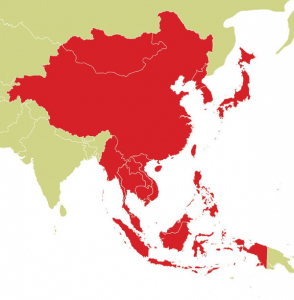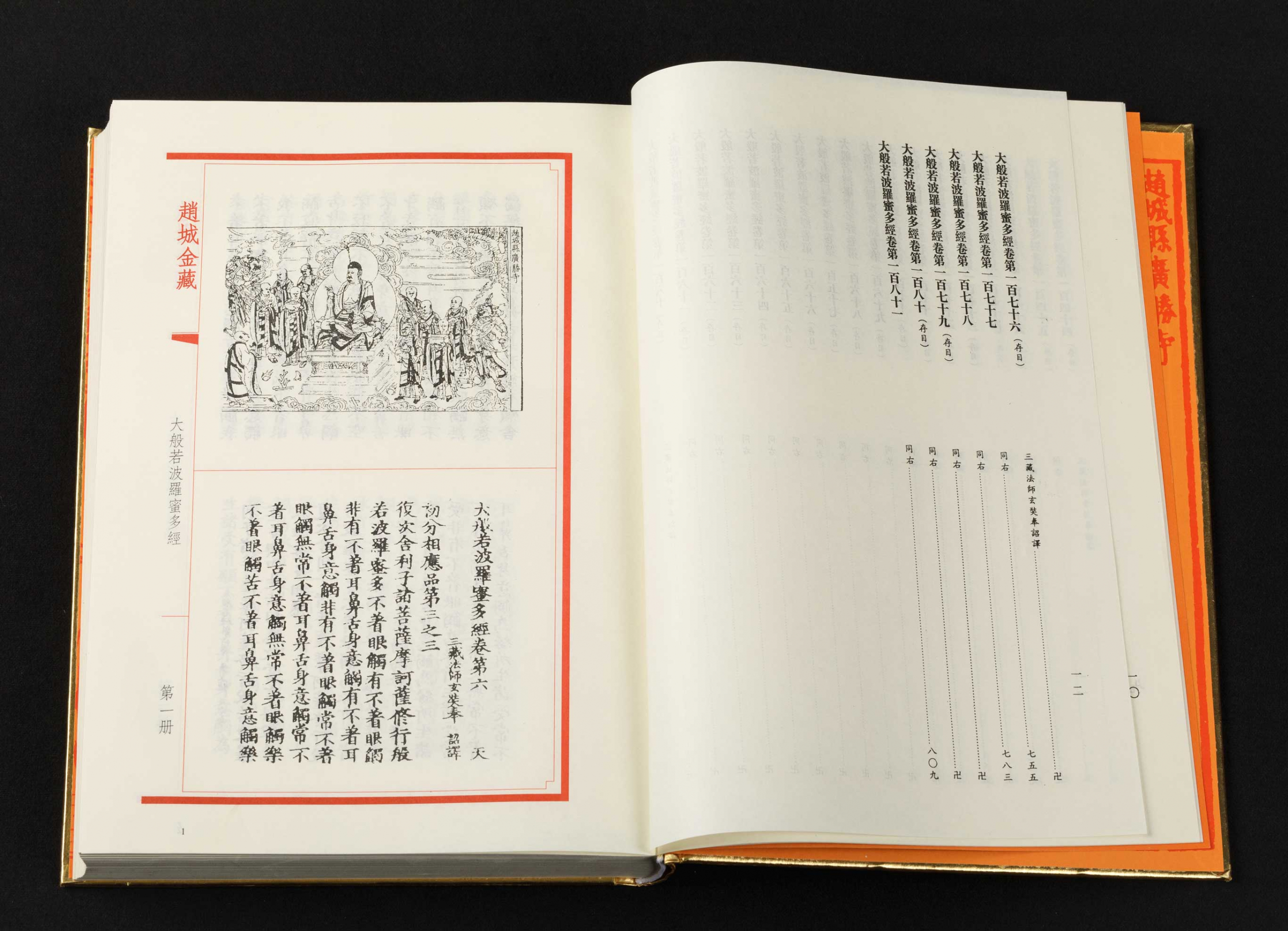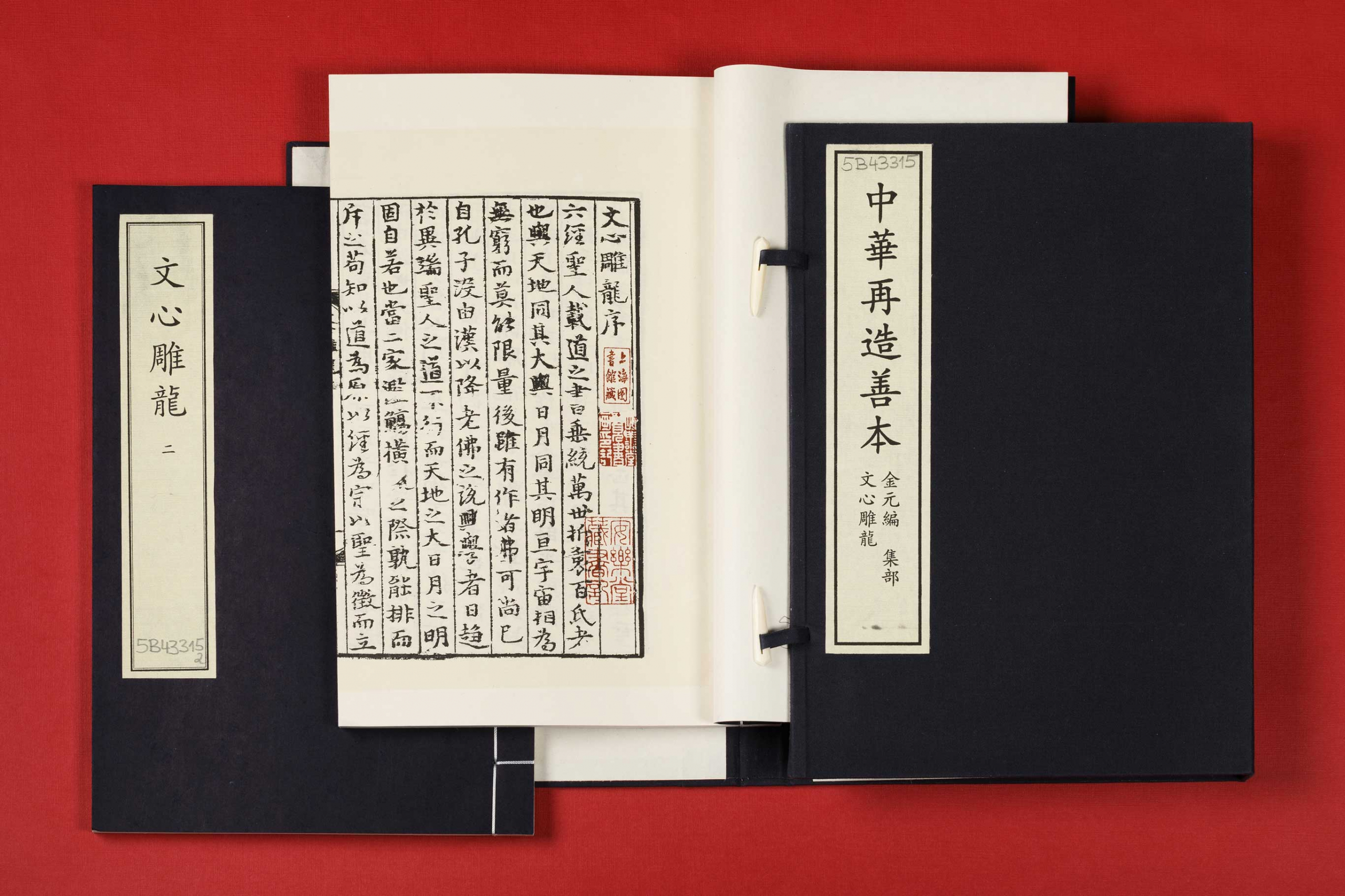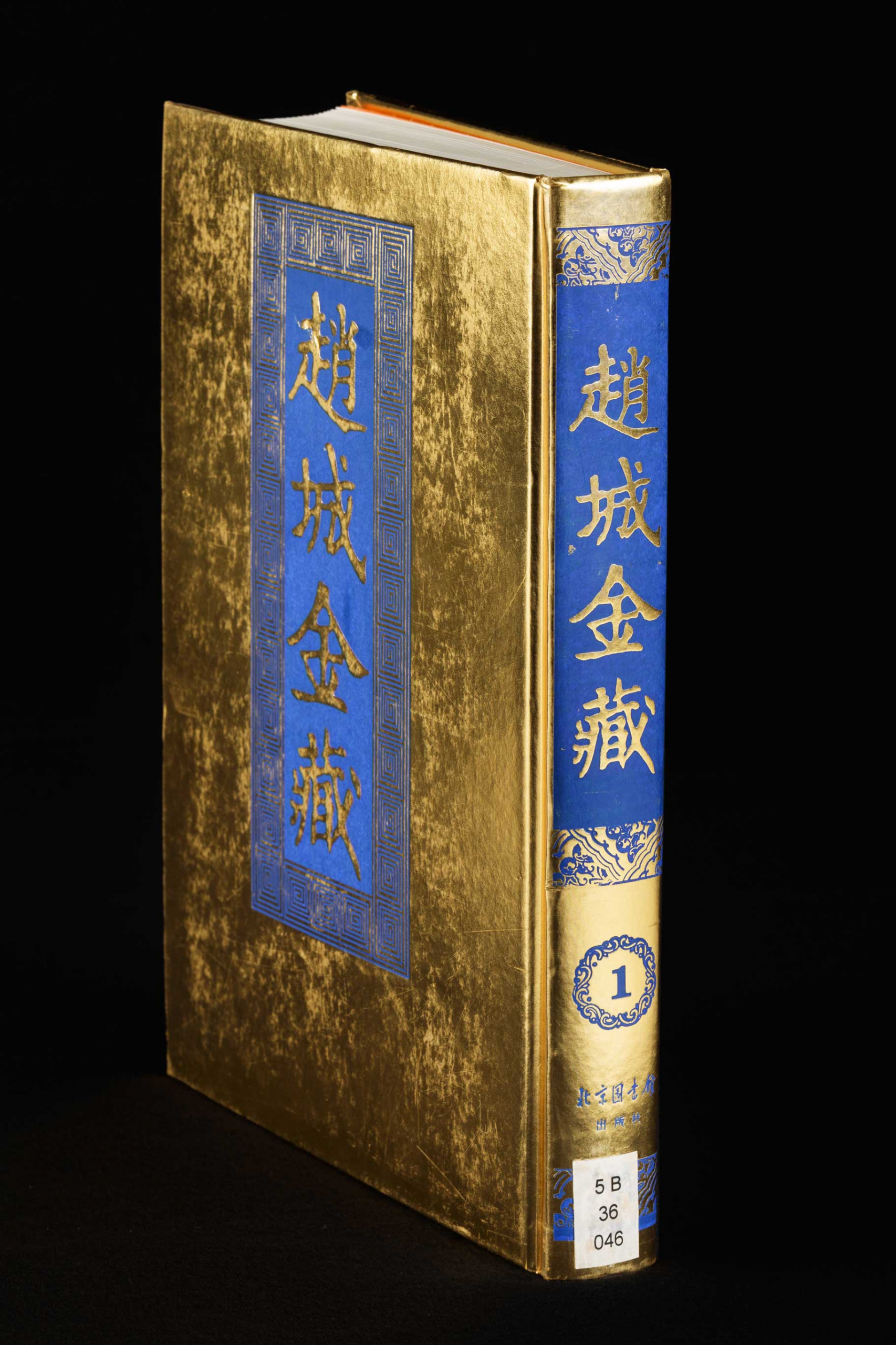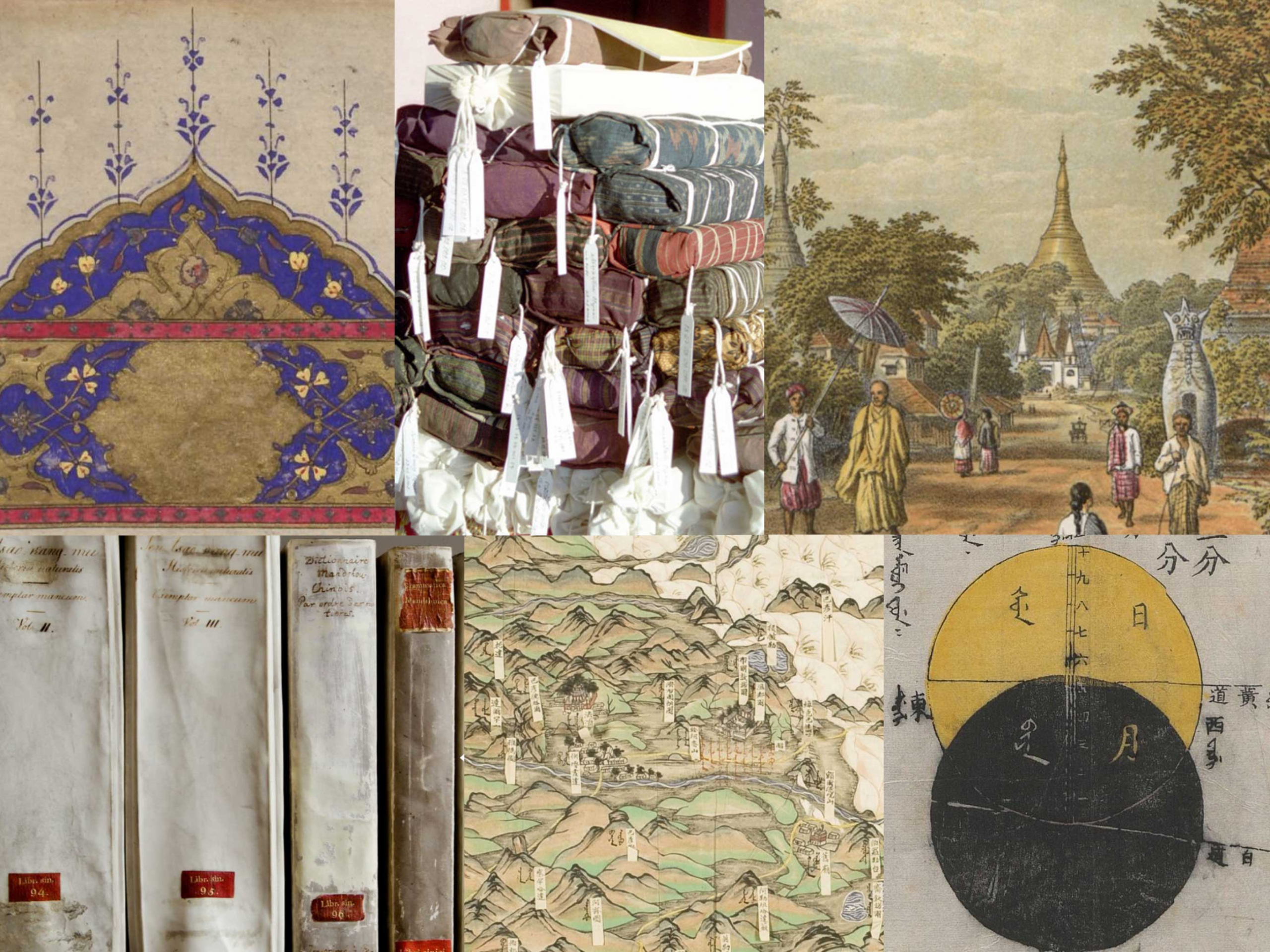20
Providing literature across Europe
and offering central access for Asian studies
Collection focus on
East-, Central-, and Southeast Asia
As of 1951, the Staatsbibliothek was in charge of the special subject collection East and Southeast Asia. Thus the profile of the collection is governed by the collection mandate as defined by the Deutsche Forschungsgemeinschaft. The department acquires literature in the languages of East, Southeast and Central Asia as well as literature in Western languages related to the geographical area mentioned above. Thus the East Asia Department fulfills the task of cross-regional literature supply. Since 2016 the Staatsbibliothek has been in charge of the Specialised Information Service Asia. (FID Asia) which is funded by the Deutsche Forschungsgemeinschaft. The objective is to establish an information service for the peak demand of the German Asia-related sciences.
Specialised Information Service Asia
The collection of printed works from East-, Central-, and Southeast Asia has grown to 1.7 million bibliographical items. Around 200 databases are currently available via the Specialised Information Service Asia (FID Asia) and its website CrossAsia.
Outstanding acquisitions
Around 20,000 monographs and 3,800 journals from the areas of Humanities and Social Sciences are acquired for the collection every year.
In addition to small, printed editions, you will also find extensively and elaborately designed editions of premodern texts.
Facsimile of Kaibaozang, a Buddhist Canon edition, vol. 1, Beijing, 2008. SBB-PK / Hagen Immel
Here are two examples from the exhibition: First, the Zhonghua zaizao shanben 中華再造善本 collection, which was published by the Chinese National Library in Peking. This edition, containing 787 titles in 5,415 booklets, came from a project, which ran for several years and selected exquisite, rare items from libraries and museums in the People’s Republic of China, Hong Kong, Macao, and Taiwan. In addition, facsimiles were produced using the traditional method. The unique, rare items were printed on bamboo paper true to the original and given the collector’s seal. Then they were bound using the Chinese thread-stitching bookbinding method. However, the individual booklets were kept in traditional Chinese cases. The exhibit on display is the facsimile of a book on literary theory from the Liang 梁 dynasty made in 1355. Today, the original is in the Shanghai Library.
Facsimile of Wenxin dialong, a work on literary theory, Beijing, 2005. SBB-PK / Department of Photography
Splendidly designed cover of the facsimile of Kaibaozang, Beijing, 2008. SBB-PK / Hagen Immel
The second example is the facsimile of a Buddhist canon edition (Tripitaka), written in Chinese and published by the Chinese National Library in Peking. This Tripitaka from the Jin dynasty (1115–1234) was modelled on the first printed Tripitaka Kaibaozang 开宝藏 from the Song dynasty (971–983) and rediscovered in 1934 in Zhaocheng 赵城 (Shanxi 山西). Until then, the existence of the Kaibaozang was only known from Buddhist literature. Its rediscovery was equivalent to a sensation. Consequently, this Tripitaka is considered to be one of greatest treasures of the Chinese National Library. Moreover, it is the edition which the modern Tripitakas are modelled on.
The CrossAsia Portal
The CrossAsia Portal as a central access tool
The databases licensed by FID Asia can be accessed via the virtual library of CrossAsia. CrossAsia is a website which serves as the central access point for any information relevant to academic research on East-, Central-, and Southeast Asia. It was created in 2005 and is sponsored by the Staatsbibliothek in Berlin, the Deutsche Forschungsgemeinschaft, and other project partners. CrossAsia supports Asia-related studies in research and education in and outside of Germany.
After two project periods between 2016 and 2018 and 2019 and 2021 the FID Asia is currently in its third project period continuing until the end of 2024. In addition to its core tasks of acquiring printed materials and licensing electronic resources, a major objective has been and continiues to be the perpetuation and consolidation of information services made available. With the help of satellite projects, the FID Asia will expand its services aiming at a comprehensive infrastructure for the wider German Asia-related research community.
The FID Asia takes on an important role in the development of the CrossAsia website. The range of databases, which mostly allow for full-text searches, is growing steadily. To name just two of CrossAsia’s many features: the website provides a central access point to not only their own printed and electronic collections but also to any Asia-related information from national and international library catalogues.

